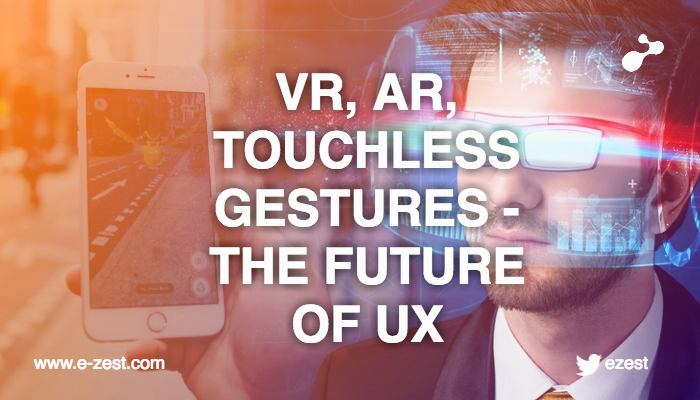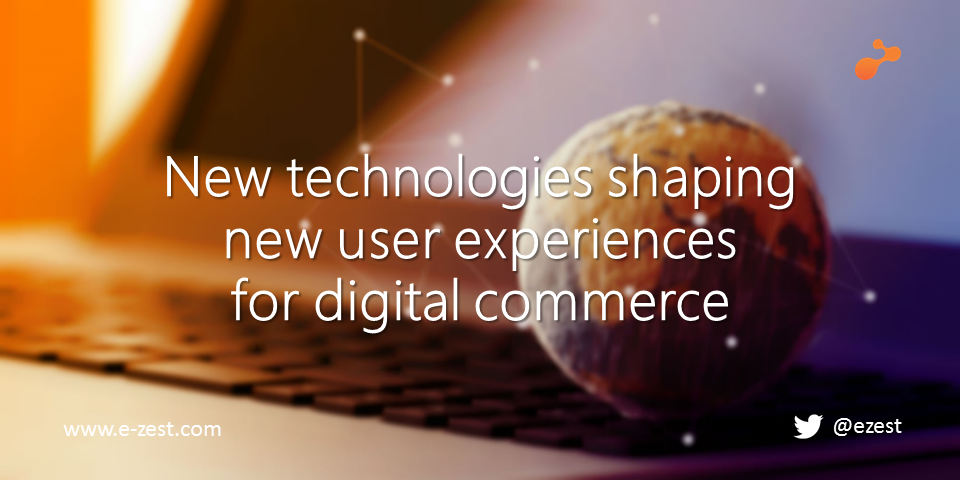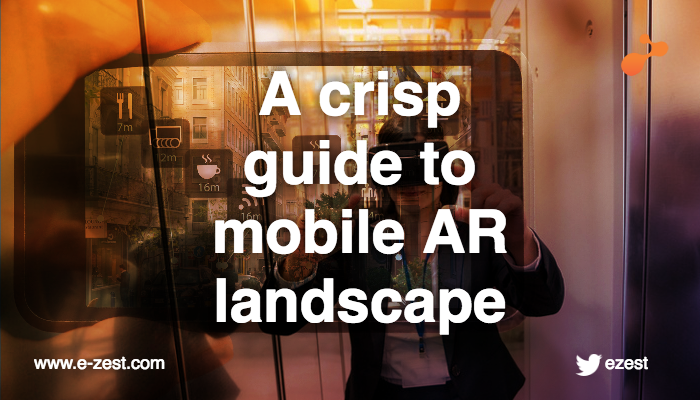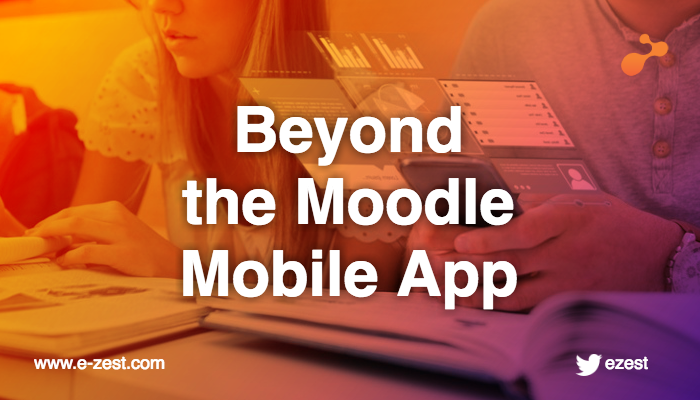
User experience has probably never been as exciting as today. The breakthroughs in technology have led to the advent of Virtual Reality, Augmented Reality and Touch-Less gestures-based interfaces. The future of UX lies in adopting these revolutionary changes and riding the wave.
Virtual reality immerses users in another world where they could be taking a roller-coaster ride or navigating the insides of the human brain. These ‘worlds’ that are navigated also need to be designed and with time, they will also spawn their own set of best-practices. The experience for such worlds is still going to be based on the basics of UX. Designers would be expected to create clutter-free, aesthetically-pleasing and consistent designs. The aspect of depth also comes in now and gives designers the freedom to create prototypes that are to be experienced instead of being explained. A designer who creates a blueprint for a building, for example, can guide stakeholders through a 3D world of the building itself.
Augmented reality creates objects around the existing world that users could interact with. After the phenomenon of PokemonGo, the world was struck by the magic of AR and started taking its promises seriously. AR allows designers to find more ways to interact with the system than the traditional touch-based gestures. Users can even literally ‘step on’ things in the AR view to trigger certain actions. For a designer, these features prove to be a boon when applied to creating competitive, relevant experiences. The designer who has been entrusted to create a supermarket experience can create a AR view for users viewing products on shelves. If a retailer is trying to compete with online shopping portals, then the AR view shows, for each product, the advantages not offered by the online sellers (like warranty or service for example). If a person walks into a travel package provider, he can see different destinations available as walk-able blocks. Similarly, when the person moves into a block, the view changes to the top tourist spots for that destination. The possibilities are really endless. Designers have the important duty to utilize these features and also to follow their former instincts of design.
Touch-less gestures like AR and VR are bringing the interaction cost down. The efforts needed for a user to take an action are lessened. In fact, the need could be eliminated altogether if the action is tied to the user moving his head or looking at an item. These technologies also allow the user to not remember the data points that he might have needed to remember before. The learning curve for the system also goes down and the learning itself, can become a process of fun.
The future of UX has also seen some experts warning about ‘AR-overload’ and view clutter. In the world of AR and VR, a design without thought can lead to a memorably bad experience. Hence, including these technologies in the element of UX is not going to be an option. It is rather going to be a trend that companies must follow to survive this wave and emerge victorious with compelling, delightful experiences.









